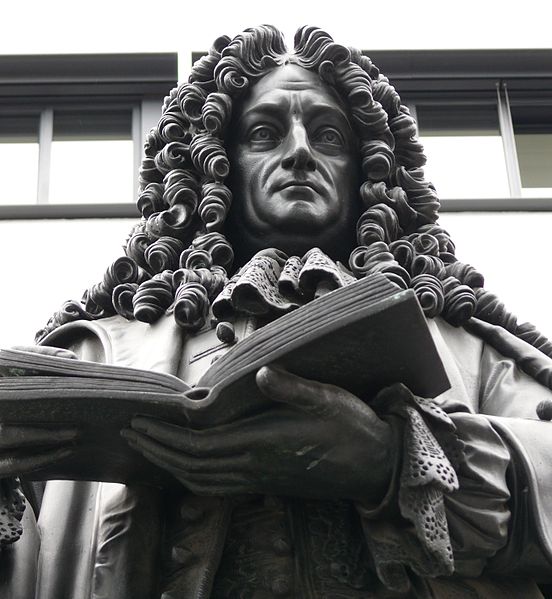
In the mathematical field, Leibniz remained particularly well known for differential and integral calculus.
On July 1, 1646, Gottfried Wilhelm Leibniz, a famous German philosopher and scientist, was born. He was born in the city of Leipzig in the Electoral Principality of Saxony, at a time when the bloody Thirty Years’ War (1618-1648) was coming to an end in Germany. Leibniz’s father was a professor at the University of Leipzig, and from him Gottfried Wilhelm inherited a rich private library. The family was of Slavic origin, which Leibniz often pointed out.
He was very talented in languages, which allowed him to read many works in the original from an early age. He was only 20 years old when he published “Dissertatio de arte combinatoria”. He first practiced law and became an adviser to the Supreme Court of the Electorate in Mainz. He revised the legal code and dealt with legal issues in the election of the Polish king. He became famous as a lawyer and philosopher, but misunderstood and often ridiculed. When King Louis XIV of France. became a threat to Germany, Leibnitz went to his court on a diplomatic mission.
While in Paris, he met the Dutch mathematician and physicist Huigens, who revealed a new world of science to him. He was fascinated by mathematics and considered it the basis of all sciences. His greatest works, due to which he belongs to the group of the greatest mathematicians, are called “De geometria recondita et analysi indivisibilium atque infinitrum” and “Acta eroditorum”. For the first time in history, integral and differential calculus are mentioned in these discussions.
After his success in science, he entered the service of Duke Johann Friedrich and studied history for 40 years. He wrote numerous works and with his work laid the foundations of modern historical science. He should be acknowledged for trying to reconcile Lutherans and Catholics. Leibnitz was born a Lutheran, but he had much broader views and aspired to pantheism. As for philosophy, he held that the world consists of monads, which are simple, indivisible, and non-spatial. Matter and spirit are one and the same, that is, matter is actually spirit. He considered this world to be the best of all possible worlds.
Two large stains remain in his biography. Namely, Louis XIV. he persuaded him to invade Egypt and drive out the “infidels” and behaved extremely incorrectly after the death of the great philosopher Spinoza. He took many of his considerations and incorporated them into the discussions as his own.
It is interesting for popular culture that they were named Leibniz biscuits after Leibniz, which has been produced by the Bahlsen company for more than 100 years. The reason for naming this candy after Leibniz lies in the fact that Gottfried Wilhelm Leibniz was a longtime resident of the city of Hanover, where the Bahlsen company is headquartered. Today, the University of Hanover is named after Leibniz (German: Gottfried Wilhelm Leibniz Universität Hannover).




